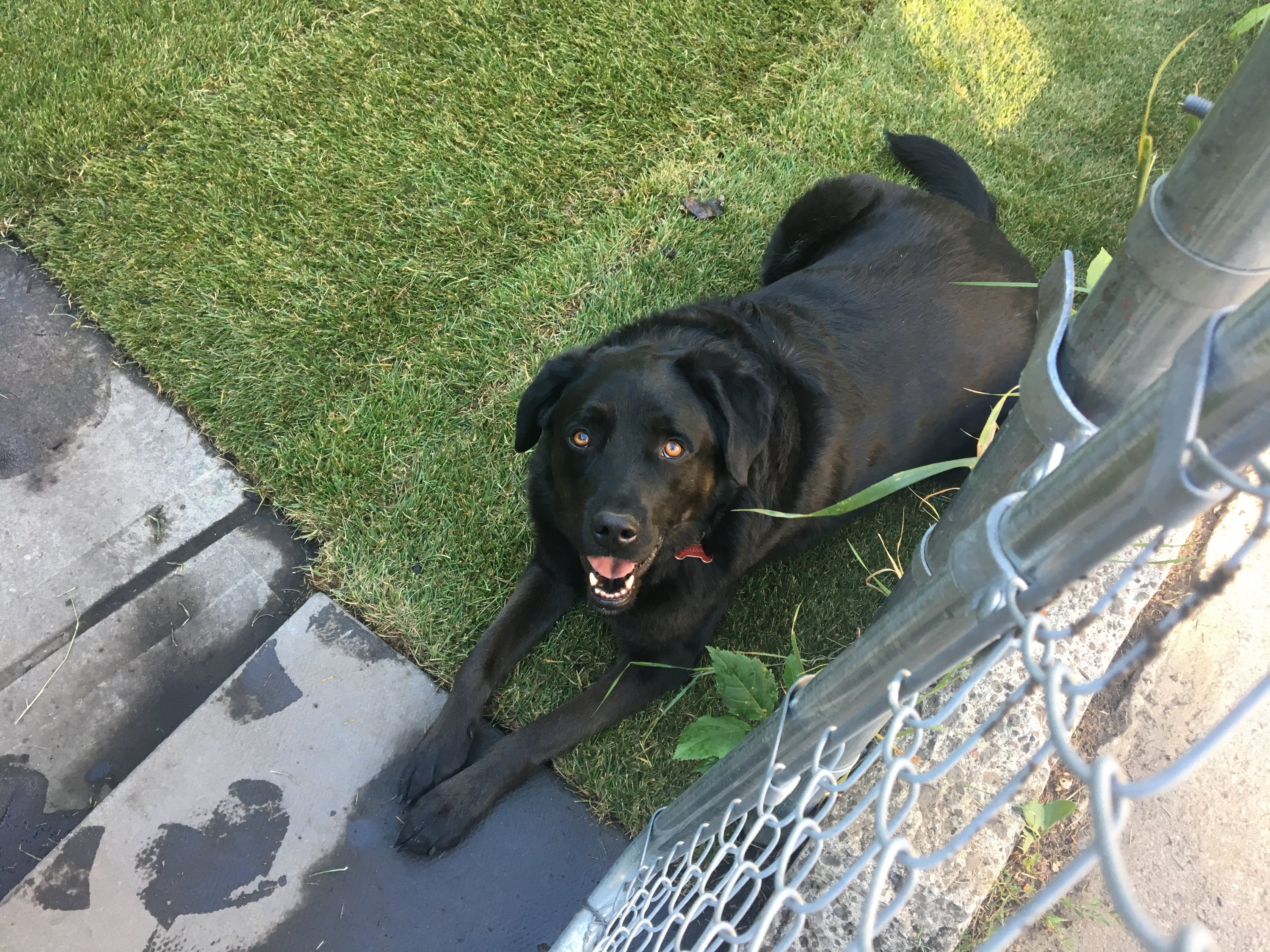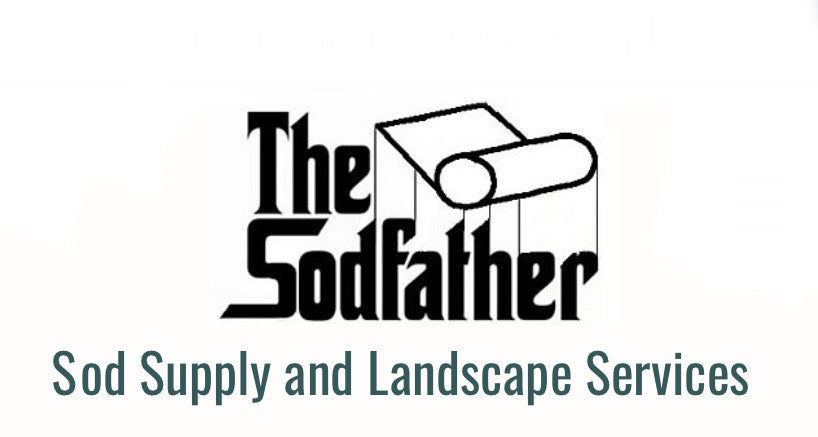
Identifying Winter Kill, Disease, and Dog Damage
Introduction: As winter gives way to spring, homeowners eagerly anticipate the revival of their lawns. However, the transition from winter dormancy to spring greenery can reveal a variety of issues, including winter kill, disease, and dog damage. In this blog post, we'll discuss how to assess your lawn in the spring and identify these common problems, along with tips on how to address them.
-
Winter Kill:
- Identification: Winter kill refers to damage caused by harsh winter conditions, such as ice, snow, or extreme cold. Signs of winter kill include dead or brown patches of grass, especially in low-lying areas or areas with poor drainage.
- Assessment: To determine if your lawn has winter kill, inspect the affected areas closely. Look for areas where the grass is thin, discolored, or easily pulls up from the soil.
- Treatment: To address winter kill, reseed or overseed the affected areas in the spring. Ensure proper watering and fertilization to promote new growth and recovery.
-
Disease:
- Identification: Lawn diseases, such as snow mold or fungal infections, can thrive in moist, cool conditions during the winter months. Symptoms include discolored patches of grass, fuzzy or powdery growth on the grass blades, and thinning or dying grass.
- Assessment: Examine the grass blades and soil for signs of fungal growth or discoloration. Take note of any areas where the grass appears unhealthy or is not growing as vigorously.
- Treatment: Treat lawn diseases with fungicides, following the manufacturer's instructions. Improve air circulation and reduce moisture levels in the lawn to prevent future outbreaks.
-
Dog Damage:
- Identification: Dog urine and feces can cause unsightly brown patches and dead spots in the lawn. Urine contains high levels of nitrogen, which can burn the grass and cause it to die.
- Assessment: Look for areas of the lawn where the grass is discolored or dead, especially in areas where your dog frequents. Dog damage is often more concentrated and irregular in shape compared to other types of damage.
- Treatment: To repair dog damage, rake out dead grass and reseed or sod the area. Encourage your dog to use a designated potty area to minimize further damage to the lawn.
Conclusion: Assessing your lawn in the spring after the winter thaw is crucial for identifying and addressing issues such as winter kill, disease, and dog damage. By carefully inspecting your lawn and understanding the signs of these common problems, you can take proactive steps to promote healthy growth and rejuvenate your lawn for the spring and summer months. Remember to consult with a lawn care professional for guidance on treatment options and best practices for maintaining a lush, green lawn.
